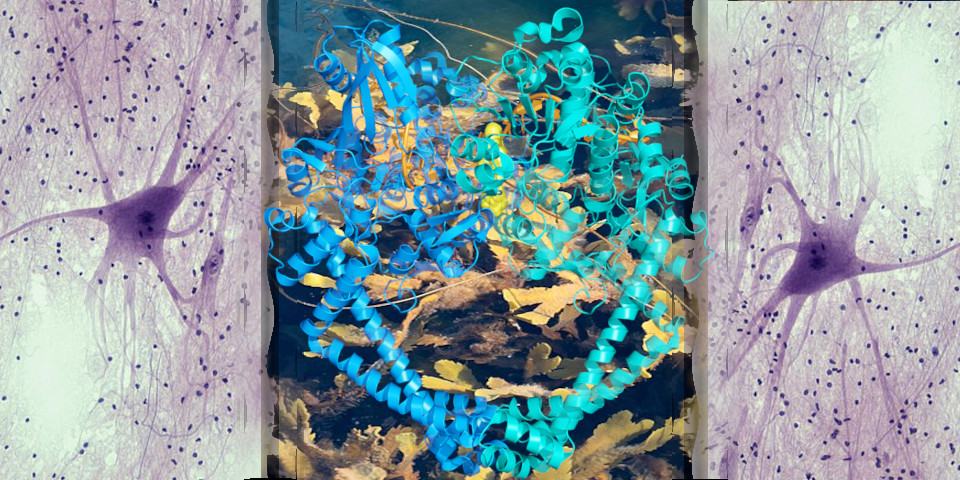
Biological and Life Sciences
Key contact
Highlights
Springer Nature Experiments Springer Protocols, Nature Protocols, Nature Methods, Nature Reviews Methods Primers
General
About Genomics Factsheets about Genomics, National Human Genome Research Institute
bioRxiv The Preprint Server for Biology, Cold Spring Harbor Laboratory, NY
ibioseminars Video seminars by researchers about current areas of research in biology
vifabio Calendar of Conferences and Congresses Overview of the most important upcoming symposia, conferences and congresses in biology
Biodiversity Heritage Library Digital library (with literary collection) on biodiversity
Directories
vifabio
Virtual Library of Biology: portal for literature and biological information, simultaneous searching in databases and Internet sources.
Biologie BioFacts, München (in German)
science.gov cross search and alerts in the resources of 17 U.S. government science organizations
Bioinformatics databases
BLAST®
(Basic Local Alignment Search Tool) A set of similarity search programs designed to explore all of the available sequence databases regardless of whether the query is protein or DNA.
ExPASy Bioinformatics Resource Portal
Swiss Institute of Bioinformatics (SIB)
BRENDA
The Comprehensive Enzyme Information System, Cologne University BioInformatics Center, Academic Use of BRENDA is free - Commercial Use requires a license
EMBL
Databases of the European Bioinformatics Institute (EMBL-EBI; including the Nucleotide Sequence Database)
NCBI Databases
The databases of the National Center for Biotechnology Information
PDB
Protein Data Base by the Research Collaboratory for Structural Bioinformatics (RCSB)
UniProt
Protein databases Swiss-Prot, TrEMBL and PIR
General biology, botany, zoology, microbiology, molecular biology, cell biology:
- Textbooks (English and German), duplicate copies of some (non-lending copy in the reading room and a borrowable copy in the open stacks)
- Basic and comprehensive works for the subject as a whole, as well as for individual subdisciplinesBasic
- Reference works (dictionaries), where possible onlineReference works (encyclopaedias, lexicons, language
- Flora and fauna of individual countries and regions
- Literature on the historical, philosophical and social relevance of life sciences
- A few conference proceedings and some specialised research literature
- E-journals: comprehensive range of current specialist journals, many archives from the first issue, complete publisher collections (e.g. APS, Cell Press, Elsevier, RSC, Springer Nature, Wiley-VCH), new acquisitions in consultation with the departments
- Bibliographic databases: Biological Abstracts, Scopus, Web of Science (online in the university’s computer network)
- Historical collections (botany and zoology)
Other acquisition aspects:
- Continuity: even if there is a shift in the focus of research at the university, the basic supply of literature for the subject as a whole and for the subdisciplines will be maintained.
- Regional principle for flora and fauna: the longer ago the period under review, the more general and broad the works.
- Molecular biology, cell biology, microbiology: the University Library covers only the basics (textbooks, reference works, comprehensive works).
- Languages: focus on English and German
Libraries with additional holdings:
- Organismic biology: Libraries of the Department of Environmental Sciences
- Molecular biology, cell biology, microbiology: Biozentrum - The Center for Molecular Life Sciences, University Medical Library
- Botany: Bibliothek der Basler Botanischen Gesellschaft
- Naturforschende Gesellschaft in Basel: Zeitschriften im Tausch
- Bibliothek des Naturhistorischen Museums
